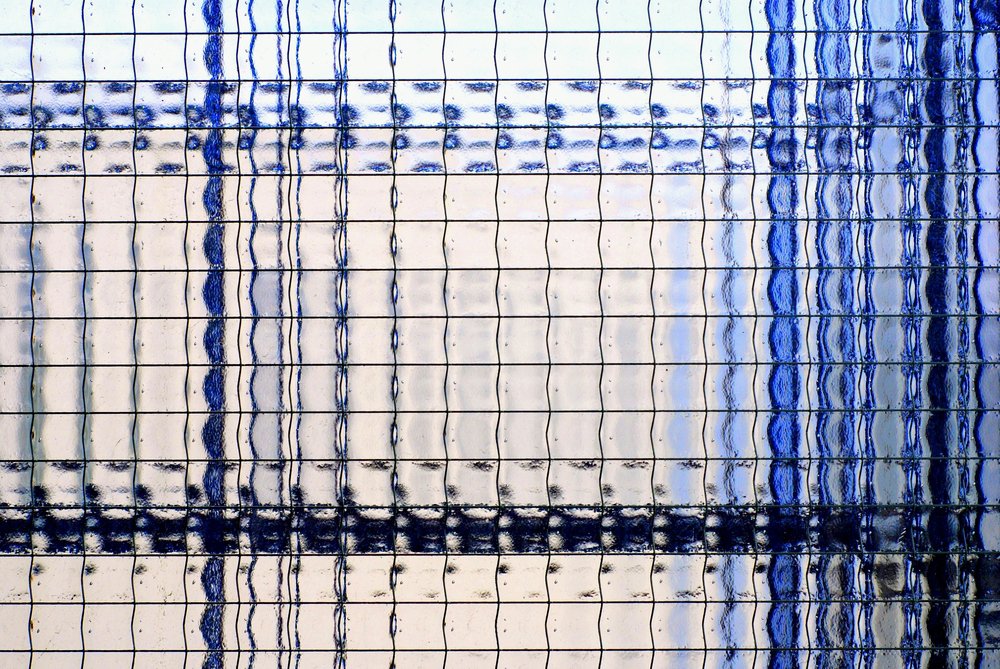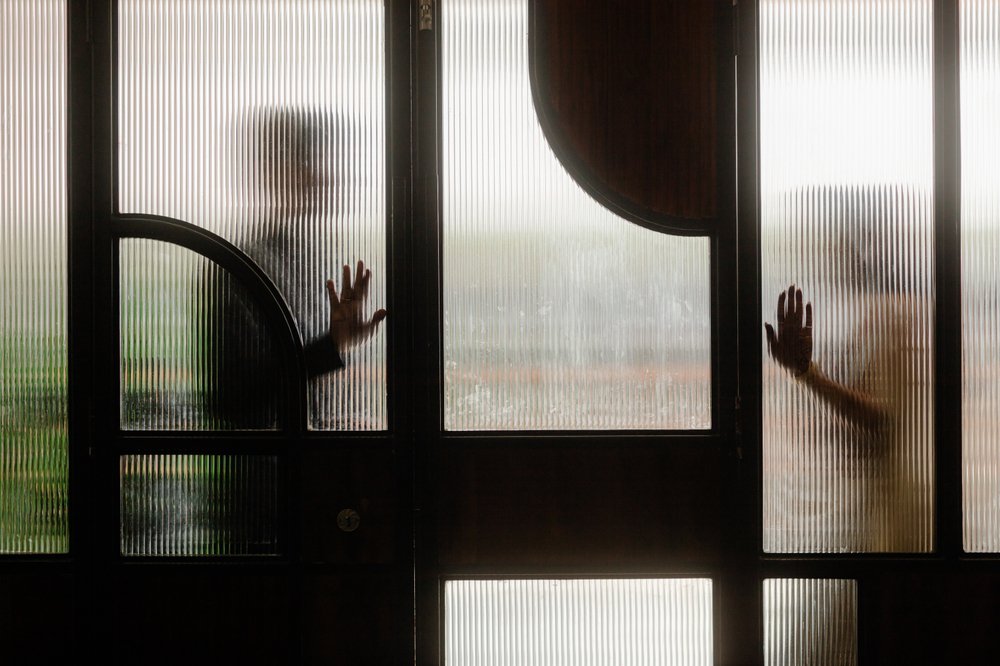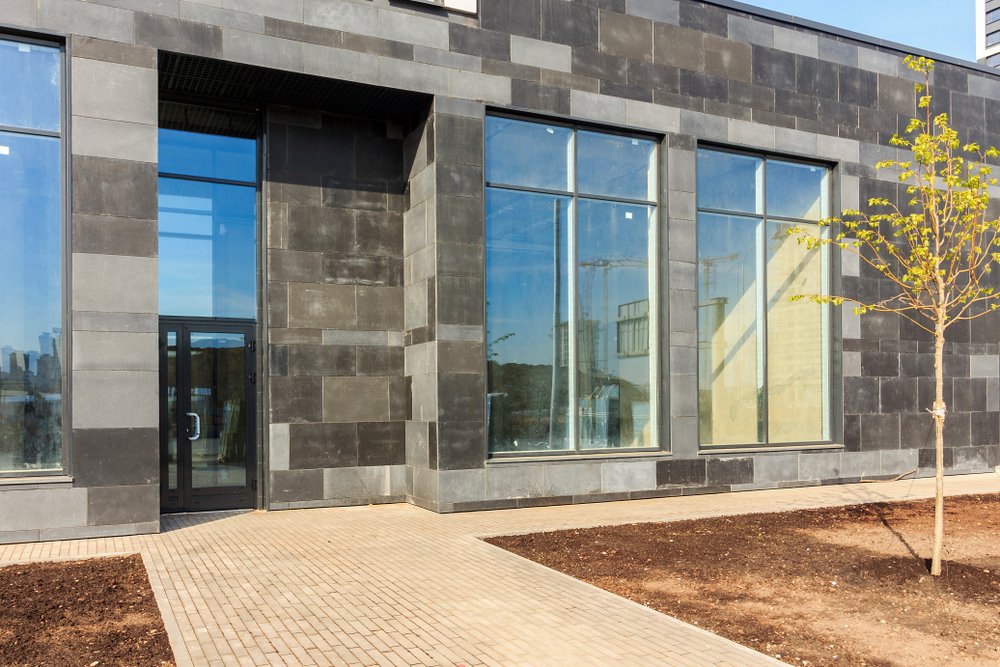Selecting the right safety glass is more than a design decision—it’s a safety requirement. Whether you're specifying materials for commercial stairwells or retrofitting residential doors, understanding the difference between fire-rated glass and tempered glass is essential. While both options are engineered for enhanced safety, their performance in high-heat, structural, and code-compliance scenarios can vary significantly.
Many professionals mistakenly believe tempered glass is suitable in all safety applications. However, while it performs well in everyday impacts, it does not provide the thermal resistance needed in high-risk zones. Choosing the right glass type protects lives, preserves structural integrity during emergencies, and ensures the building meets legal safety requirements from the outset.
What Is Fire-Rated Glass?
Fire-rated glass is engineered to withstand high heat and prevent flames, smoke, and hot gases from spreading for a set period. These time ratings typically range from 20 minutes up to 180 minutes, depending on the glass type and application. Fire-rated glass doesn’t just hold up under heat; it helps compartmentalize buildings, allowing safe evacuation and emergency response.
There are two main types of fire-rated glass:
- Wired or Ceramic Glass: Holds up under high heat but may not offer strong impact resistance.
- Fire-Resistive Glass: Includes multiple layers or fire-resistant interlayers to block heat transmission and meet stringent code standards.
Because fire-rated glass plays such a critical role in life safety systems, its use is regulated by building codes and subject to testing and certification.

How Tempered Glass Works
Tempered glass, also known as toughened glass, is four to five times stronger than standard annealed glass. It’s produced through a controlled thermal process that creates internal stresses, giving it high mechanical strength and shatter resistance. When broken, it fractures into small, blunt pieces, reducing injury risks.
This makes it ideal for applications where human contact is likely, such as:
- Shower enclosures
- Sliding doors and windows
- Office partitions
- Commercial entry systems
Although it does not meet fire-resistance standards, tempered glass still plays a key role in overall safety strategy.
Fire-Rated Glass vs. Tempered Glass: Safety and Heat Resistance
At first glance, both tempered and fire-rated glass enhance safety, but they serve very different functions. Tempered glass is designed for impact resistance, not fire containment. In high-temperature conditions, it will shatter within minutes due to heat stress, making it unsuitable for fire separation zones.
Fire-rated glass, on the other hand:
- Maintains its structural integrity under extreme heat
- Slows the spread of smoke and flames
- May reduce radiant heat transfer, depending on the rating
Therefore, in stairwells, corridors, and door vision panels, fire-rated glass provides the critical time needed for safe evacuation and emergency response.
Application Requirements and Code Compliance
Choosing between tempered and fire-rated glass isn’t only a matter of cost or strength. In many cases, the use of fire-rated glass is dictated by building codes, especially in Canada and the U.S., where it is mandatory in rated walls, doors, and partitions.
Here are common locations requiring fire-rated glass:
- Stairwell enclosures
- Elevator lobbies
- Fire doors with vision panels
- Walls separating dwelling units in multi-residential buildings
It’s important to verify whether your glass needs to meet fire-protective or fire-resistive standards. Not all applications are the same, and code interpretations may vary by region and building type. Coordination with manufacturers and code officials helps ensure full compliance from the start.

Cost and Installation Considerations
Tempered glass is typically more affordable and faster to install. Fire-rated glass, however, involves specialized fabrication, additional testing, and potentially thicker, heavier materials. Installation may also require fire-rated framing systems that can accommodate the additional weight and meet fire-resistance ratings.
Key differences to consider:
- Cost: Fire-rated glass often costs significantly more due to its complexity and certifications.
- Lead Time: Fabrication and certification processes can extend project timelines.
- Compatibility: Not all framing systems or hardware support fire-rated glazing.
Despite the higher initial cost, this type of safety glazing may reduce long-term risk, lower insurance liabilities, and prevent code violations, making it a sound investment in the right context.
Lifespan and Durability Differences
Tempered glass offers excellent long-term performance in non-fire applications. Its scratch resistance and strength make it suitable for high-traffic areas. However, it must be replaced after any cracking or damage, as its structural integrity becomes compromised.
Fire-rated glass is more sensitive to installation conditions and framing compatibility. Over time, exposure to moisture or thermal cycling can affect laminated layers or coatings. Proper sealing, installation, and routine inspection help maintain its effectiveness.
Both glass types are available in insulated formats, often paired with Low-E coatings or tinted layers. These combinations improve energy performance without sacrificing safety.

When to Use Fire-Rated Glass
Fire-rated glass is non-negotiable when life safety or code compliance is on the line. You should specify fire-rated units when:
- Installing windows or doors within fire-rated walls
- Building egress stairwells or protected corridors
- Adding vision panels to rated commercial doors
- Working on schools, hospitals, or multi-residential buildings
While tempered glass enhances impact safety, it cannot meet the thermal and containment performance of fire-rated glass.
Design Integration and Glass Unit Compatibility
In modern architecture, safety requirements must also meet aesthetic goals. Both tempered and fire-rated glass are now available in decorative options, including patterned or tinted finishes. When insulated for energy efficiency, these specialty units contribute to both safety and visual performance.
Considerations when integrating safety glass:
- Ensure unit compatibility with energy-efficient IGU systems
- Match Low-E or custom coatings for thermal control
- Select spacer bars and sealants rated for long-term performance
Specialized fabrication makes it possible to meet code without compromising design intent.
Choose the Right Safety Glass for the Job
Both tempered and fire-rated glass play important roles in modern construction. However, understanding where and why to use each one is crucial for safety, compliance, and performance. Glass choice should never be left to assumption, especially in regulated or high-risk areas where lives and buildings are at stake.
If you're planning a build that requires safety-certified glazing, Insul-Lite Manufacturing™ is ready to help. Their insulated glass units can incorporate both tempered and fire-rated glass, backed by decades of fabrication expertise. From specification to final inspection, their team supports contractors and architects in meeting safety codes without slowing down timelines.
Contact Insul-Lite Manufacturing™ to request a quote or schedule a project consultation.





